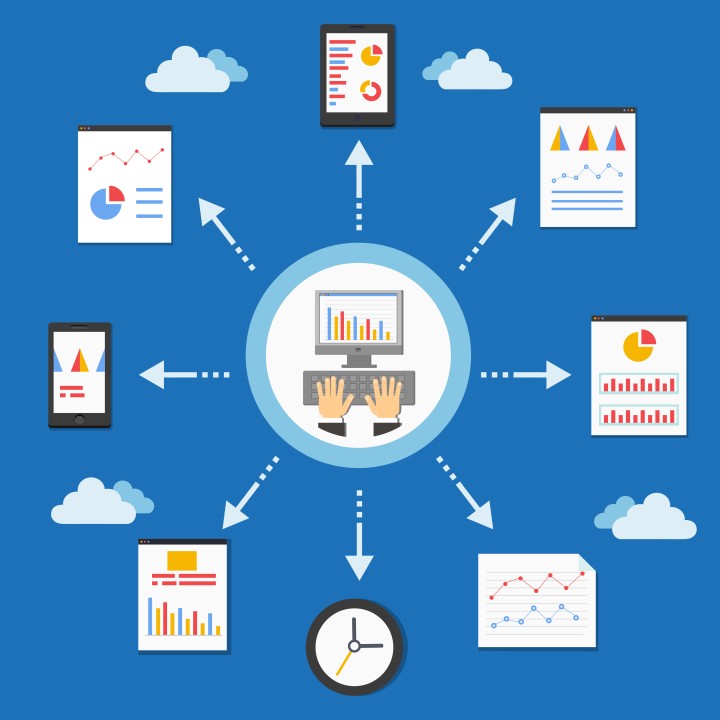In the era of big data, businesses are collecting, storing, and analyzing more data than ever before. However, merely having access to massive amounts of data is not enough; organizations must be able to turn this raw data into actionable insights to drive decision-making and create value. This article offers a step-by-step guide to preparing huge databases for analytics, helping you unlock the full potential of your data.
Step 1: Define Your Objectives and Requirements
Before diving into the process of preparing your database for analytics, it’s crucial to clearly define your objectives and requirements. Determine the questions you want to answer with your data and the insights you hope to gain. This will guide your data preparation efforts and ensure you’re focusing on the most relevant data for your needs.
Step 2: Data Collection and Integration
Gather data from various sources across your organization, such as CRM systems, web analytics, IoT devices, and social media. This data may come in different formats, such as structured (e.g., relational databases) and unstructured (e.g., text files, images). Integrate this data into a centralized repository, like a data warehouse or data lake, to create a unified view of your data.
Step 3: Data Cleaning and Transformation
Raw data is often messy and contains inconsistencies, duplicates, and missing values. In this step, you’ll need to clean and transform your data to ensure it’s accurate and ready for analysis. This includes:
- Identifying and removing duplicates
- Filling in or addressing missing values
- Correcting data entry errors
- Standardizing and normalizing data formats
Step 4: Data Enrichment
Enrich your data by adding additional context, attributes, or external information. This might involve geocoding addresses, adding demographic information, or incorporating industry-specific data. Data enrichment enhances the value of your data by providing additional dimensions for analysis.
Step 5: Feature Engineering
Feature engineering involves selecting the most relevant variables (features) for your analysis and creating new ones from existing data. This step is crucial for improving the performance of machine learning models and uncovering hidden patterns in your data. Examples of feature engineering include:
- Combining or aggregating variables
- Creating interaction terms between variables
- Applying mathematical transformations
Step 6: Data Partitioning
Split your data into training, validation, and test sets. This ensures that your analytics models are trained on one subset of the data and evaluated on another, unseen subset. This partitioning process helps prevent overfitting and ensures that your models generalize well to new data.
Step 7: Model Selection and Training
Choose appropriate analytical models and algorithms based on your objectives and the nature of your data. Train these models on your prepared data, adjusting hyperparameters and model architecture as needed to optimize performance.
Step 8: Model Evaluation and Validation
Evaluate your models’ performance using appropriate metrics (e.g., accuracy, precision, recall) and cross-validation techniques. Compare the performance of different models and fine-tune them to achieve the best results.
Step 9: Deployment and Integration
Once you’ve chosen and refined the best models, deploy them into production and integrate them with your existing systems and processes. This step allows you to start generating insights and using them to inform decision-making across your organization.
Step 9: Deployment and Integration
Preparing huge databases for analytics is a complex but essential process for any organization looking to leverage its data for better decision-making. By following the steps outlined in this guide, you’ll be well on your way to unlocking the full potential of your data and driving value for your business.

